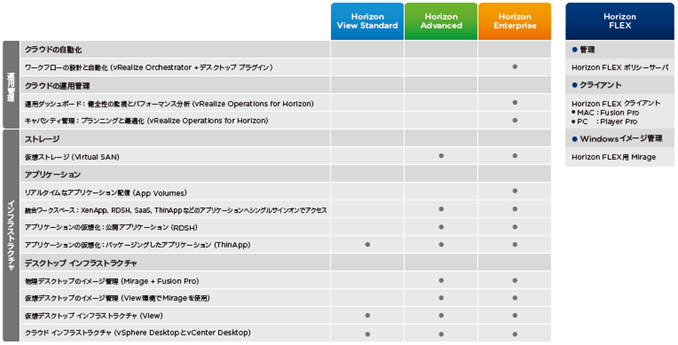

If you manually joined that VM to an Active Directory domain, the credentials for a domain account in that domain.The credentials for the local administrator account that was specified when the manually built VM was created in the Microsoft Azure portal.To log in to that VM, use one of the following: Typically you do not need to join the VM to your Active Directory domain when you manually build the VM.

Manual preparation steps in Manually Build and Import a Virtual Machine from Microsoft Azure into Horizon Cloud. In this case, because the VM is not joined to the domain, the local administrator account is the only account that has access to log in. If the VM was created with the wizard's Domain Join toggle turned off, you must use the local administrator account that was specified in the wizard.If the VM was created with the wizard's Domain Join toggle enabled, you can use either the credentials for a domain account in the specified Active Directory domain or use the local administrator account that was specified in the wizard.The Import Virtual Machine wizard provides the option of either having the wizard-created VM joined to a specified Active Directory domain or not having the VM joined to the domain at the end of the creation process. Import Virtual Machine wizard, from the Imported VMs page. Verify you have at least one of the following credentials (user name and password) to log in to the VM's guest Windows operating system, according to how the VM was created. Tip: When using the Microsoft Remote Desktop Client as your RDP software to connect to the VM, ensure it is the most up-to-date version. After customization, the VM is sometimes referred to as a golden image. The VM prior to customization is sometimes referred to as an image or base image. Also at this time, you perform any other customizations in the Windows guest operating system, such as installing special drivers required by your organization's needs, applying wallpaper, setting default colors and fonts, configuring taskbar settings, and other such OS-level items. At this time, you install all of the third-party applications you want available in the session-based desktops or available for assignment as remote applications. After the virtual machine (VM) built on a Microsoft Windows 10 Enterprise or Windows 11 Enterprise multi-session operating system is imported and you have paired it to Horizon Cloud, but before converting it into a published image, you customize the guest operating system (OS) to install and configure all of the things you want to have in the RDSH VMs from which your end users' remote applications and session-based desktops will be provisioned.


 0 kommentar(er)
0 kommentar(er)
